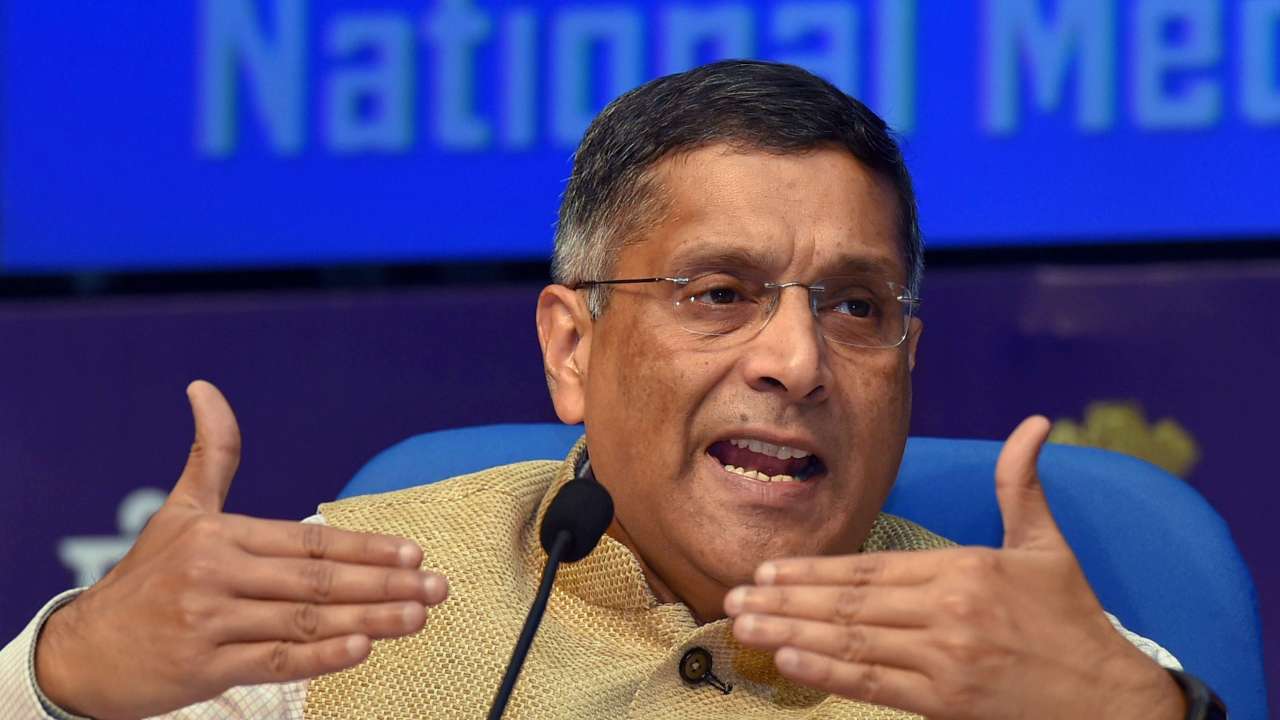
India economy headed to ICU, says Arvind Subramanian
India is facing a ‘Great Slowdown’ with its economy headed for intensive care unit primarily due to a ‘second wave’ of the twin balance sheet crisis at banks, former Chief Economic Adviser Arvind Subramanian has said.

India is facing a ‘Great Slowdown’ with its economy headed for intensive care unit primarily due to a ‘second wave’ of the twin balance sheet crisis at banks, former Chief Economic Adviser Arvind Subramanian has said.
Subramanian, who was Modi government’s first chief economic adviser but quit in August last year, in new paper co-authored with the former head of the International Monetary Fund’s India office Josh Felman said India is facing a “Four Balance Sheet” challenge – comprising banks, infrastructure, plus NBFCs and real estate companies – and is trapped in an adverse interest growth dynamic.
“Clearly, this is not an ordinary slowdown. It is India’s Great Slowdown, where the economy seems headed for the intensive care unit,” he wrote in a draft working paper of the Harvard University’s Centre for International Development.
Subramanian had flagged the twin balance sheet (TBS) problem – debt accumulated by private corporates becoming non-performing assets (NPA) of banks – back in December 2014, while he was CEA to the Narendra Modi government.
Also read: Effect of global economic slowdown ‘more pronounced’ in India: IMF chief
In his new paper, he has made a distinction between the original TBS and TBS-2. TBS-1 was about bank loans made to steel, power, and infrastructure sector companies during the investment boom of 2004-11 turning bad. TBS-2 is largely a post-demonetization phenomenon, involving non-banking financial companies (NBFCs) and real estate firms.
“Since the Global Financial Crisis, India’s long-term growth has slowed as the two engines propelling rapid growth – investment and exports – sputtered. Today, the other engine – consumption – has also stalled. As a result, growth has plummeted precipitously over the past few quarters,” he wrote.
India’s GDP growth in the July-September quarter slowed to a six-year low of 4.5%. This was the sixth consecutive quarter when the growth rate had fallen. “Indeed, the economy seems locked in a downward spiral. Best capturing this stark reality is the astonishingly high interest-growth differential. The corporate cost of borrowing now exceeds the GDP growth rate by more than 4 percentage points, meaning that interest on the debt is accumulating far faster than the revenues that companies are generating,” he said.

